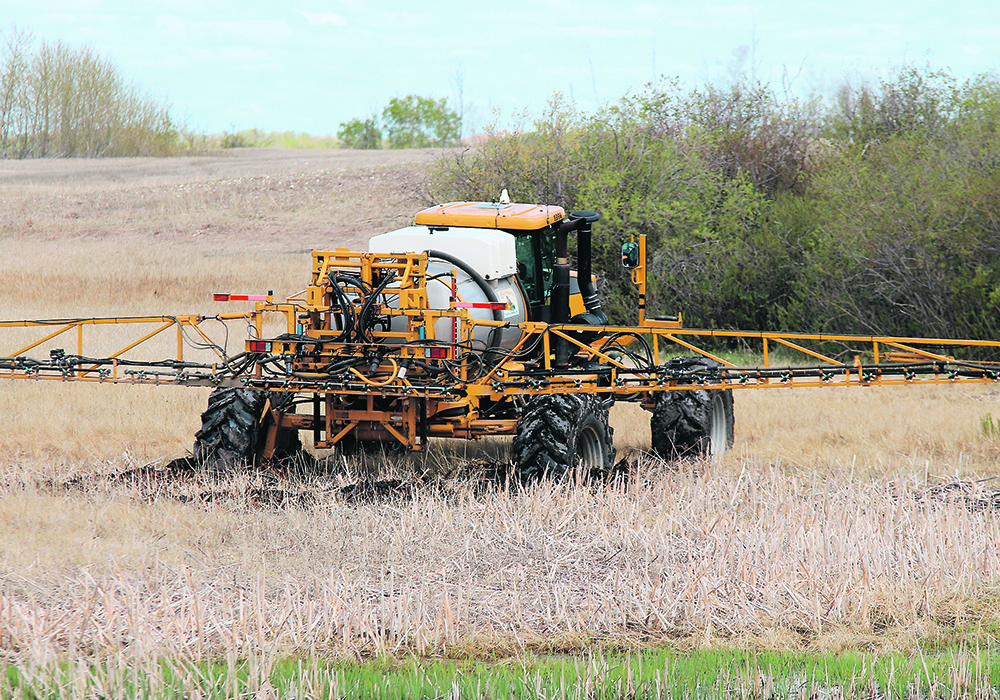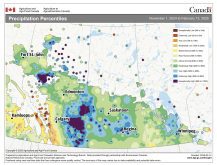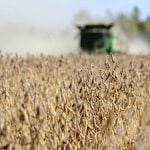In the last five years the growth in receipts has outpaced the increase in debt due to strong commodity prices
SASKATOON — Canadian farmers have taken on an extra $100 billion in debt over the last 20 years, but they are still in good financial shape, according to an economist.
Farmers ended 2023 with $146 billion in outstanding debt. That is up from $47 billion in 2003. It is a big number, but it is not a worrisome number, said Justin Shepherd, senior economist with Farm Credit Canada.
Related stories:
- Bank of Canada interest rate cut to give some borrowers relief
- Are farm finances on a slippery slope?
He prefers to look at a ratio, which is interest as a share of total operating expenses. That number was 9.4 percent in 2023.
Read Also

Why feds imposed EV tariffs
Moe and Kinew have a fight on their hands when it comes to eliminating the EV tariff. Canada has to worry about pissing off the U.S. and Mexico and hundreds of thousands of auto workers.
“That’s the highest since 2000,” said Shepherd. “It makes sense (because) we’ve seen interest rates rise over the last few years.”
The ratio is high, but it is still in a “pretty healthy range.” It is nothing like the pre-1990s when it fluctuated between 10 and 20 percent.
Canadian farm debt has increased at an average of 6.5 percent per year over the last decade. Farm cash receipts have risen 6.1 percent per year by comparison.
But in the last five years, the growth in receipts has outpaced the increase in debt due to strong commodity prices, so while total debt keeps climbing, it has become more manageable.
The other thing that puts Shepherd’s mind at ease is the June 5 Bank of Canada announcement of a reduction in its overnight rate by 25 basis points to 4.75 percent.
Shepherd expects a few more reductions before the end of the year. If banks and other lenders follow suit and start lowering their rates, that should slow the rate of growth in farm debt.
“That will be beneficial for producers as they look to both finish up growing this crop and then also start looking into the 2025-26 crop year already,” he said.
FCC has noticed a recent slowdown in farm equipment purchases due to high interest rates and lower farm margins.
“If there are some interest rate cuts, that would be beneficial for equipment manufacturers (too),” said Shepherd.
Farmers are borrowing money from a diverse portfolio of lenders, according to Statistics Canada. They owe chartered banks $51 billion, federal government agencies $43 billion, credit unions $22 billion and private individuals and crop input providers another $14 billion.
Provincial government agencies, insurance companies and advance payment programs account for the remaining $16 billion of debt.
Market share of the various lending institutions hasn’t changed much over the past 10 years, said Shepherd.
All-in-all, Canadian farmers are in pretty good shape despite their increasing debt load, he said, but the overall farm debt number does not tell the whole story. There can be a very different picture when the number is dissected by farm sector or by individual operation.
“We always recognize that this is a big aggregate number, and it doesn’t represent any pressures an individual farm might be facing for whatever reason,” said Shepherd.
















